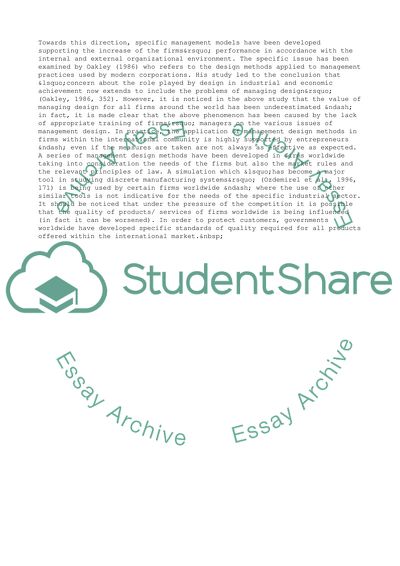Cite this document
(Managment of Product Design Assignment Example | Topics and Well Written Essays - 4000 words, n.d.)
Managment of Product Design Assignment Example | Topics and Well Written Essays - 4000 words. Retrieved from https://studentshare.org/management/1717176-managment-of-product-design
Managment of Product Design Assignment Example | Topics and Well Written Essays - 4000 words. Retrieved from https://studentshare.org/management/1717176-managment-of-product-design
(Managment of Product Design Assignment Example | Topics and Well Written Essays - 4000 Words)
Managment of Product Design Assignment Example | Topics and Well Written Essays - 4000 Words. https://studentshare.org/management/1717176-managment-of-product-design.
Managment of Product Design Assignment Example | Topics and Well Written Essays - 4000 Words. https://studentshare.org/management/1717176-managment-of-product-design.
“Managment of Product Design Assignment Example | Topics and Well Written Essays - 4000 Words”, n.d. https://studentshare.org/management/1717176-managment-of-product-design.


